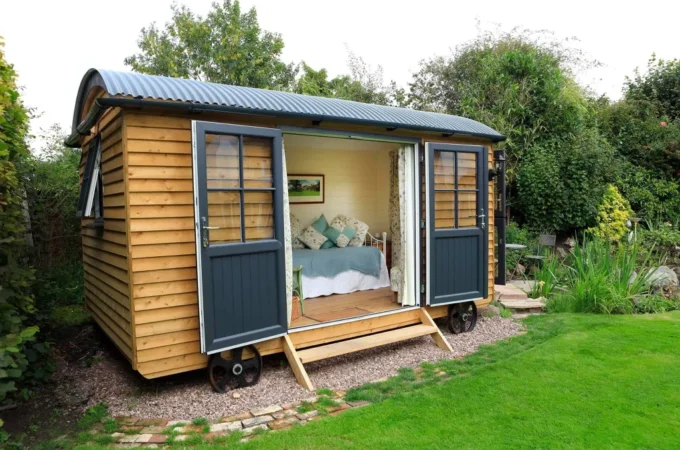
Choosing a Glass Edge That Is Best for Your Project
Choosing a suitable type of glass edge — such as satin pencil, seamed, mitred, bevelled, flat polished, and polished pencil — is dependent on different situations, including the industry in which it will be used and the particular glass manufacturing project. Toughened glass cut to size is one of the best choice for your projects.
One of the most important areas when it comes to glass manufacturing processes is edge work. This specific element provides a finished look for your product, and it depends on where it is used and its intended purpose to determine the type you would need. This could be anything used in a setting from display cases, markerboards, doors and partitions, conference table or office. Glass edge is also very preferable for your glass office partitions that looks great in your office.
Whatever the industry, custom edgework is also implemented from a safety point of view, avoiding potential injuries from raw and sharp unedged and chipping glass corners. Let ‘s look at several types of glass edges and address why some are more suitable for particular projects than others.
Flat Polished Edge
Also described as the machine-polished edge or flat edge, this works best for creating glossy, clean, and sleek lines, running glass along a belt machine, smoothing edges and erasing any glass chips. For a full finished look appropriate for display purposes like mirrors, retail display cases and other decorative pieces of furniture, a flat-polished edge is used.
It is also called the chamfer, where the glass surface meets the smooth polished edge. Owing to its polished, streamlined feel, flat polish attains a thicker appearance—and it’s usually used for 1/4-inch or thicker glass.
Special, high – quality, flat-polishing devices are needed. This requires highly engineered and powerful machines that can polish any size and shape of the glass, regardless of thickness, even under tight lead times.

Bevelled Edge
Often known as chamfered or sloped edge for its smooth appearance, this is grinded or flat. For a strikingly elegant look, bevels are obtained by cutting and having the edges polished—thicker in the middle and thinner along the sides.
This edgework provides profundity and ornamentation. Bevelled edges have a bright or glossy appearance which presents a finished, polished appearance. Bevel-edged glass is also ideal for decorative items such as mirrors.
Pencil Polished Edge
Usually rounded, this edge is used for furniture— such as tables— that may require tops of the glass protector. It gets its name because, well, a pencil resembles the rounded finish. Pencil polish can be applied to pieces of furniture and fixtures such as shelves, frames, and mirrors because of this polished aesthetic.
This type has safety benefits—especially in high – traffic areas — through its smooth, rounded edges which protect against potential injuries commonly associated with the sharp-edged glass. For a huge project with a short lead time, when considering the edge type, it is best to work with a glass manufacturing company that specializes in this, with modern, high – level equipment. It will really ensure the delivery of your project on time, without compromising quality.
Pencil Satin Edge
Also called pencil-grind or semi-polished, essentially for its pencil-like shape this rounded layer gets its name. Using a grinding wheel that is diamond embedded, a pencil-ground brush, unlike the glossy finish of a pencil-polished edge, provides a satin-like or matt shine, making it suitable for decorative glass furniture, mirrors, and light-coloured surfaces.

Flat Satin
This is closest to the satin pencil edge, besides its flat look. It has a satin-like shine too, making it suitable for decorative glass furniture and mirrors.
Mitre Edge
This is also described as a slanting point, which can be bevelled from an angle of 0-to 60 degrees everywhere. Traditionally, a mitre edge is used to connect two pieces of glass to form a particular angle. Without it, instead of easily conjoining, the glass will strike.
Mitre-edge glass could also be utilized as a stand-alone application for structural silicone glazing, or when operating with thicker glass to create a unique visual aesthetic.
Seamed Edge
This involves erasing a sharp edge with a sanding belt, also known as the cut and swipe edges. As these do not result in a complete and smooth finish, the seamed edges are more suitable for concealed or caught edges which are not visible but are still safe to handle.

What Is Appropriate for Your Project?
With so many edges of the glass to choose from, it’s best to consult with a qualified provider of glass edge and mirror options to choose the appropriate glass edge for your project. These experts will also use the specialized equipment needed to configure the project and complete it on time and within budget.




